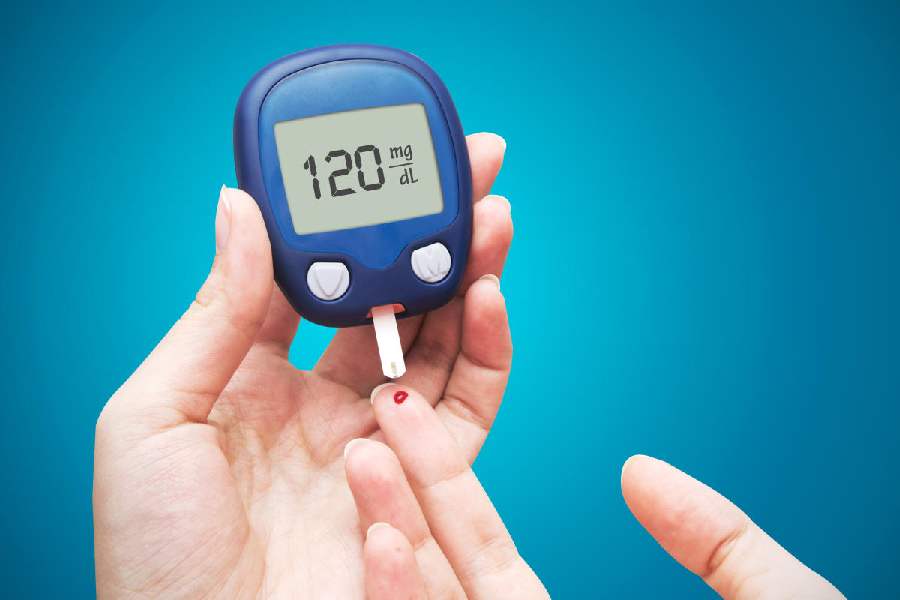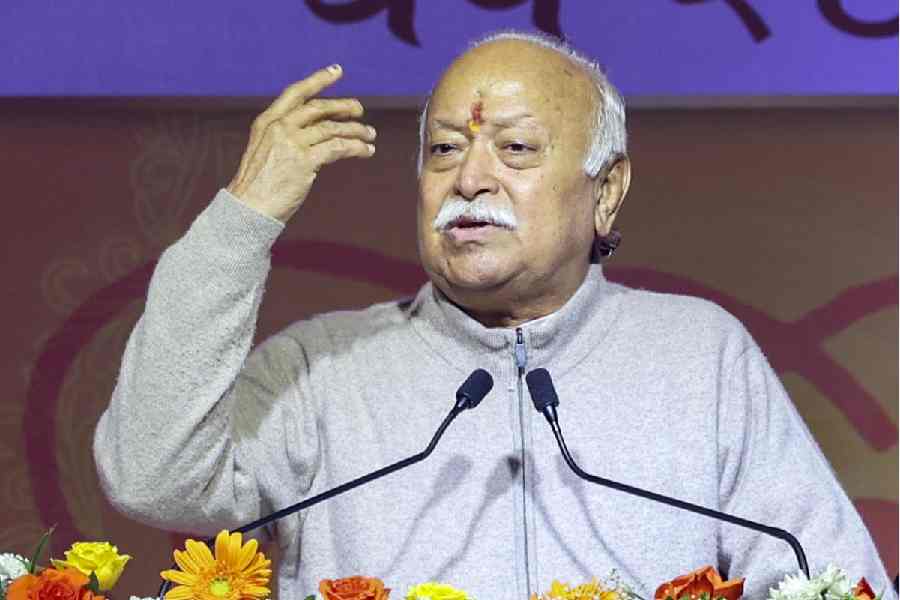India’s rates of diabetes have nearly doubled over the past three decades but fewer than three in 10 patients currently receive adequate treatment, the first global analysis of trends in diabetes prevalence and treatment coverage has revealed.
The study has found that despite India’s burgeoning counts of diabetes patients, treatment coverage has changed little and remains disturbingly low — rising from around 22 per cent in women and 25 per cent in men in 1990 to 28 per cent in women and 29 per cent in men in2022. (See chart)
The findings published by an international consortium of health researchers on Wednesday suggest a near doubling of diabetes prevalence rates in India — from 11.9 per cent in women and 11.3 per cent in men in 1990 to 23.7 per cent in women and 21.4 per cent in men in 2022.
“The new study has used HbA1C, while our earlier national prevalence estimates were based on blood sugar values,” said Ranjit Mohan Anjana, a physician in Chennai who is a co-author on both the new study and the earlier India-specific analysis. “If we use blood sugar levels, the prevalence rates are 14.4 per cent in women and 12.2 per cent in men. HbA1C is a measure of average blood sugar over the previous three months.”
Global health researchers have said the findings show “an expanding inequity” of diabetes in the world. The largest increases in diabetes prevalence have occurred in the low-income and middle-income countries.
“Most people with untreated diabetes will not have received a diagnosis,” said Jean Claude Mbanya, a professor of medicine at the University of Yaounde, Cameroon, and study team member. “Increasing detection must be an urgent priority in countries with low treatment levels,” he said in a media release.
Improved screening and access to diagnosis may itself have contributed to the large treatment gap. “Many young people who’re diagnosed with diabetes may be reluctant to start therapy. This could be one reason,” Anjana told The Telegraph.
The study has estimated that among the 828 million people with diabetes worldwide in 2022, some 445 million — or more than half — adults aged over 30 years did not receive treatment. The findings were published on Wednesday in The Lancet.
India accounted for 133 million (nearly 30 per cent) of the 445 million adults with untreated diabetes during 2022, followed by China (78 million) and Pakistan (24 million). The treatment coverage rates in China were higher — 45 per cent in women and 41 per cent in men — thanin India.
Public health researchers have for long underscored the importance of preventing or delaying the onset of diabetes and keeping blood sugar in control after a diagnosis given the disabling or life-threatening complicationsof diabetes.
The low treatment coverage in low-income and middle-income countries is especially concerning because people with diabetes tend to be younger in such countries, said Majid Ezzati, professor of global environmental health at the Imperial College, London, who led the study. “In the absence of effective treatment, (they) will be at risk of life-long complications — including amputation, heart disease, kidney damage, or vision loss and, in some cases, premature death,”he said.











